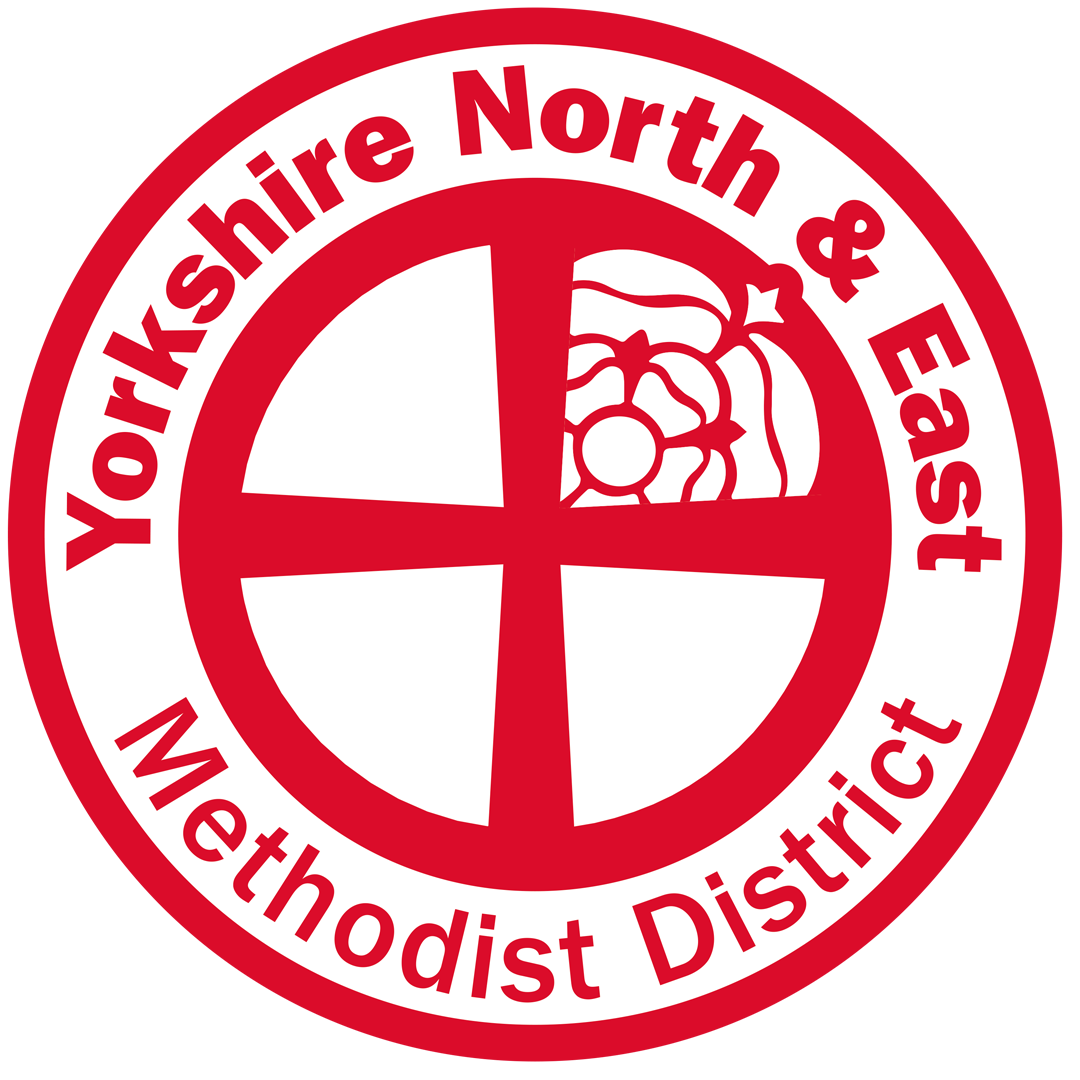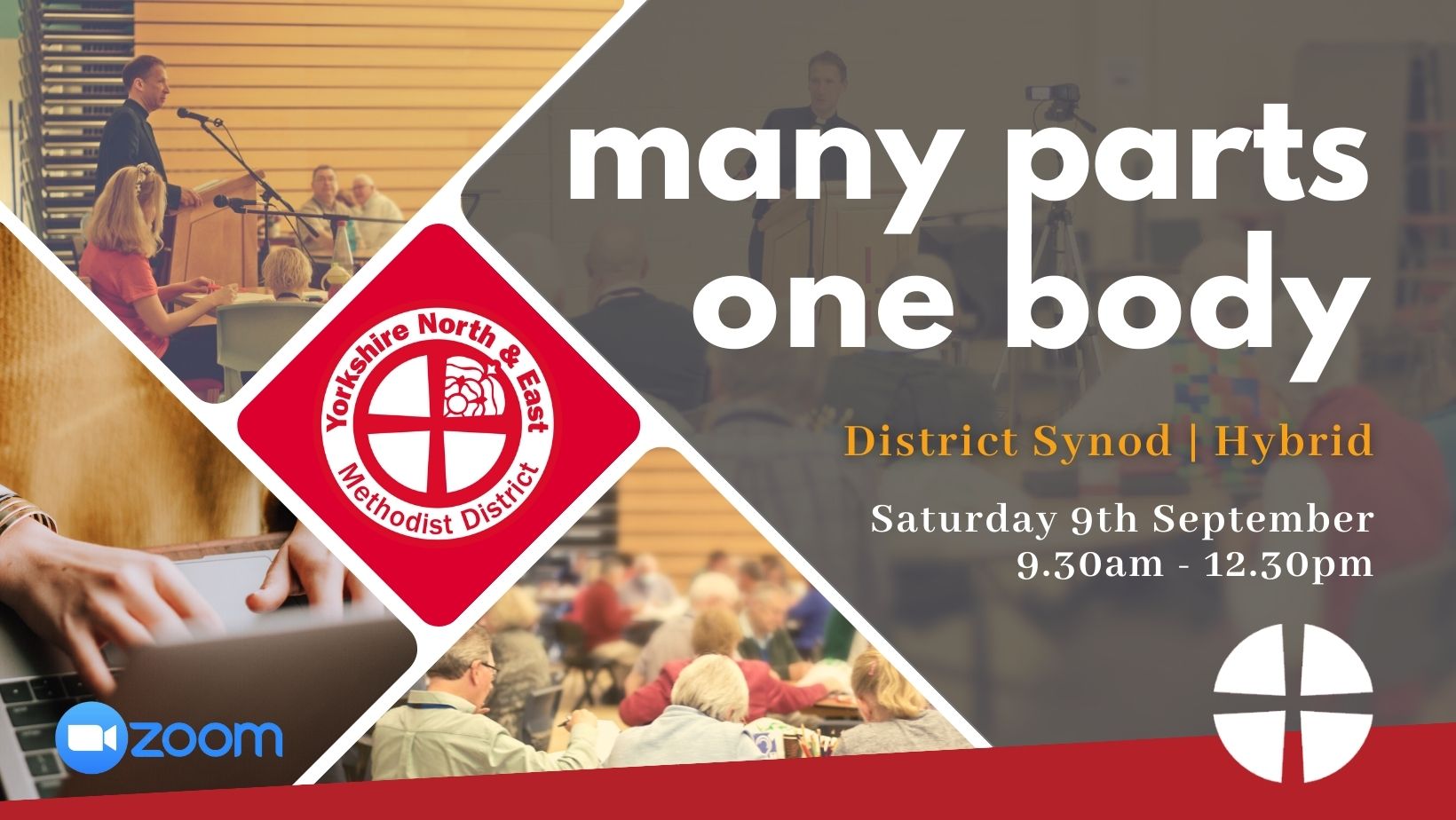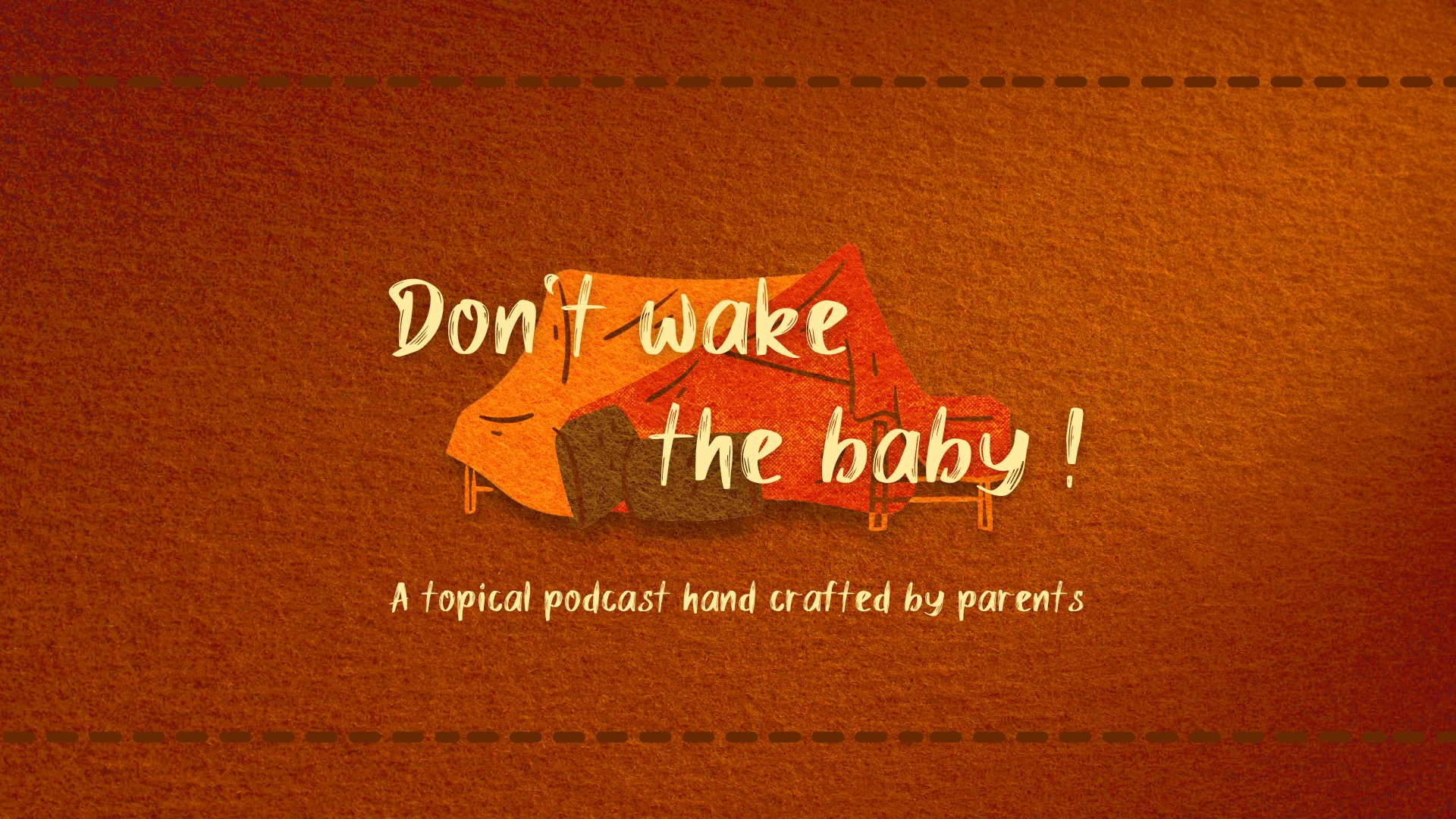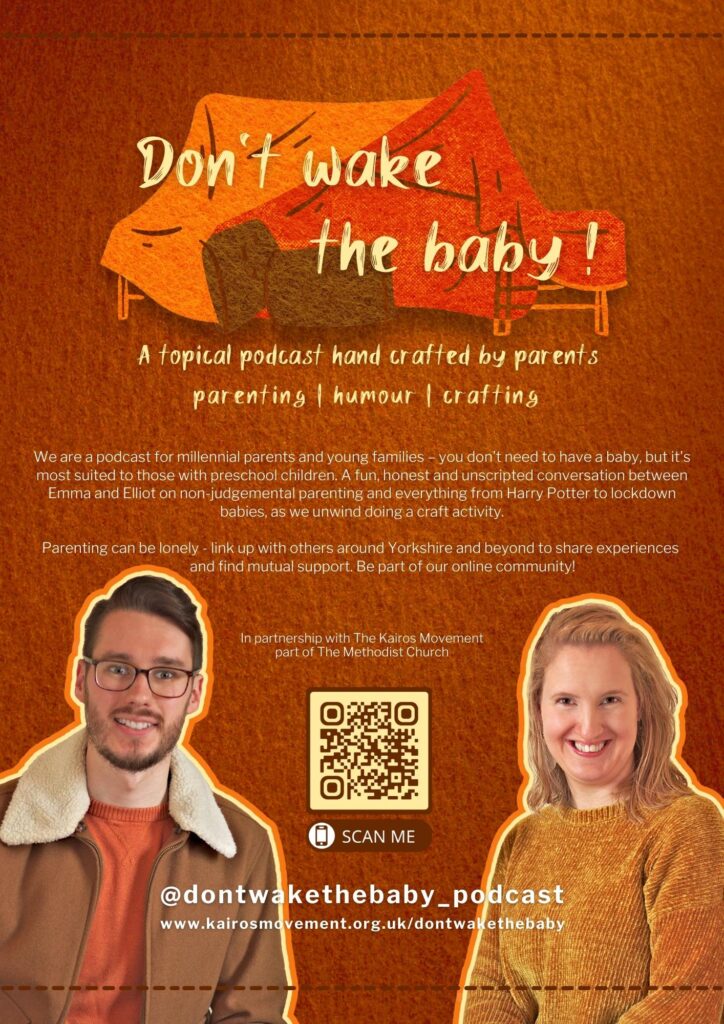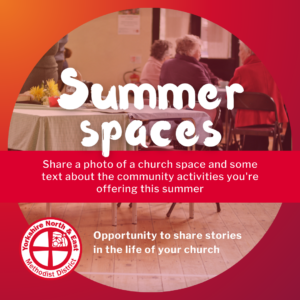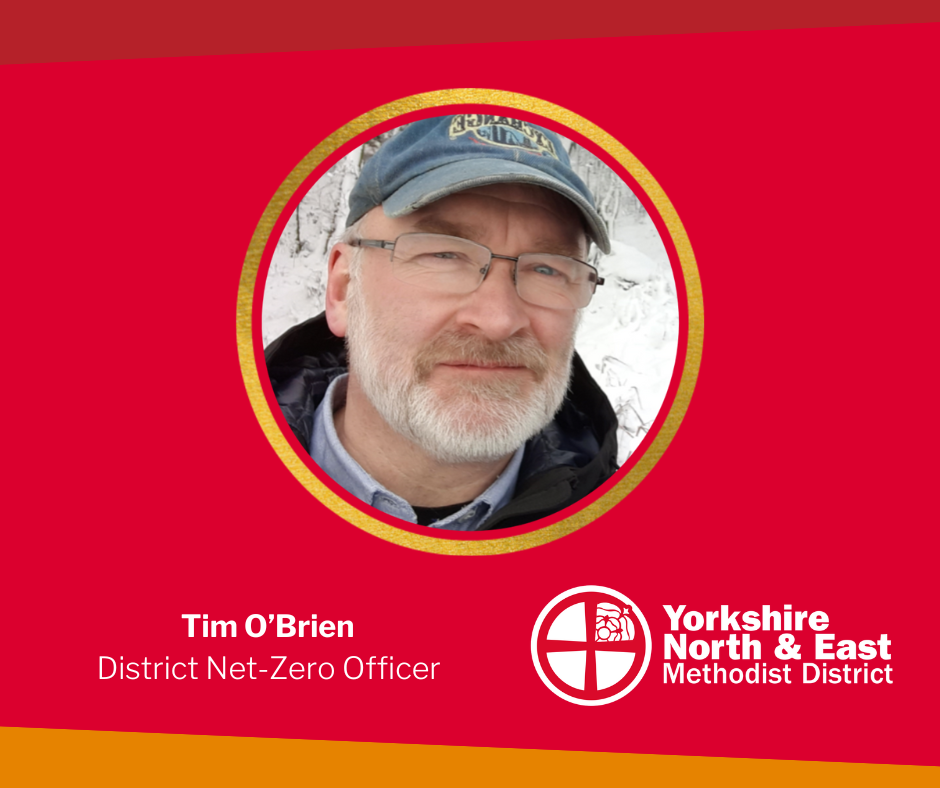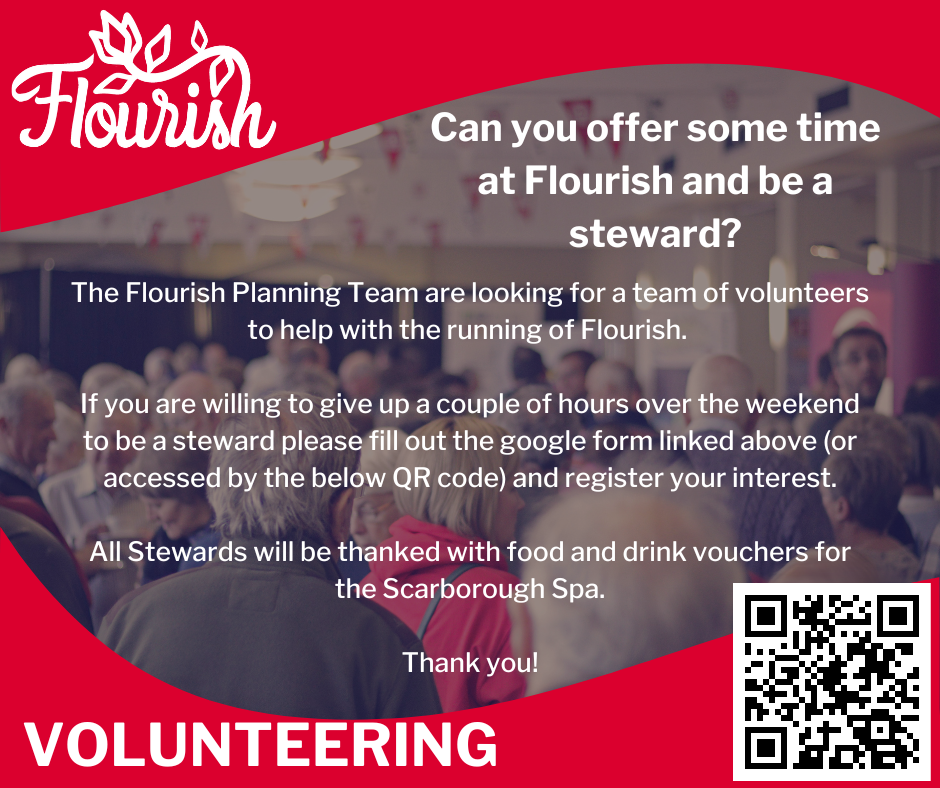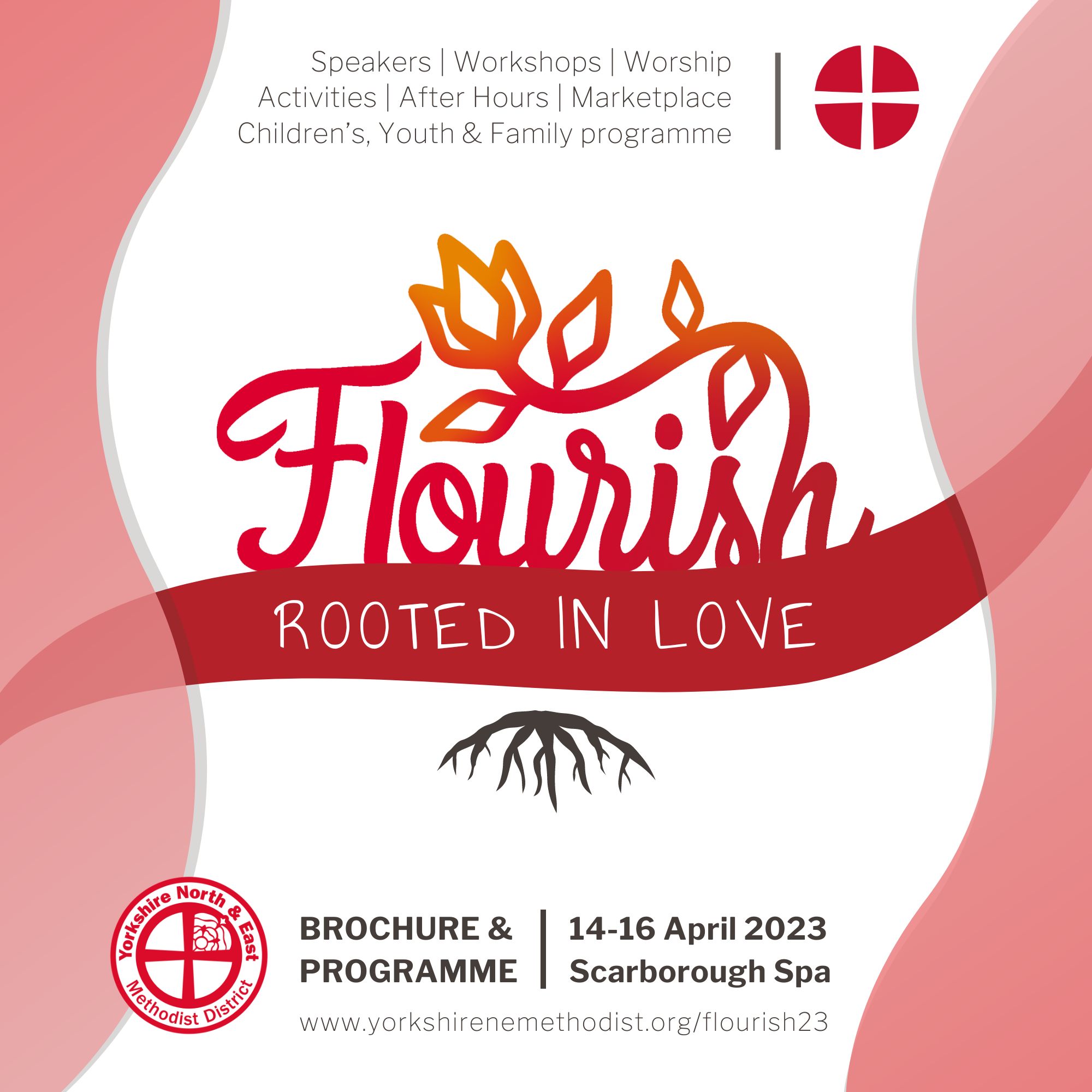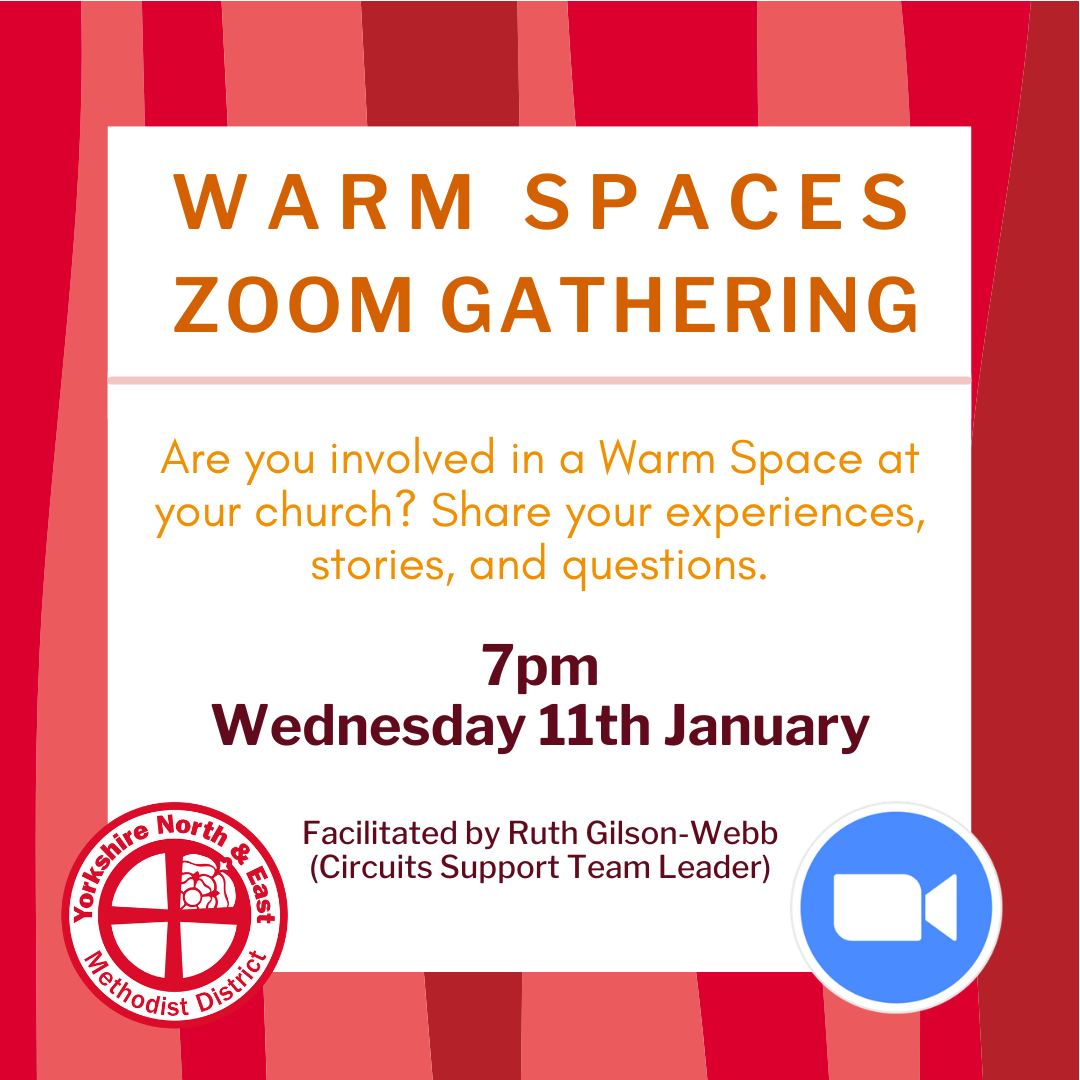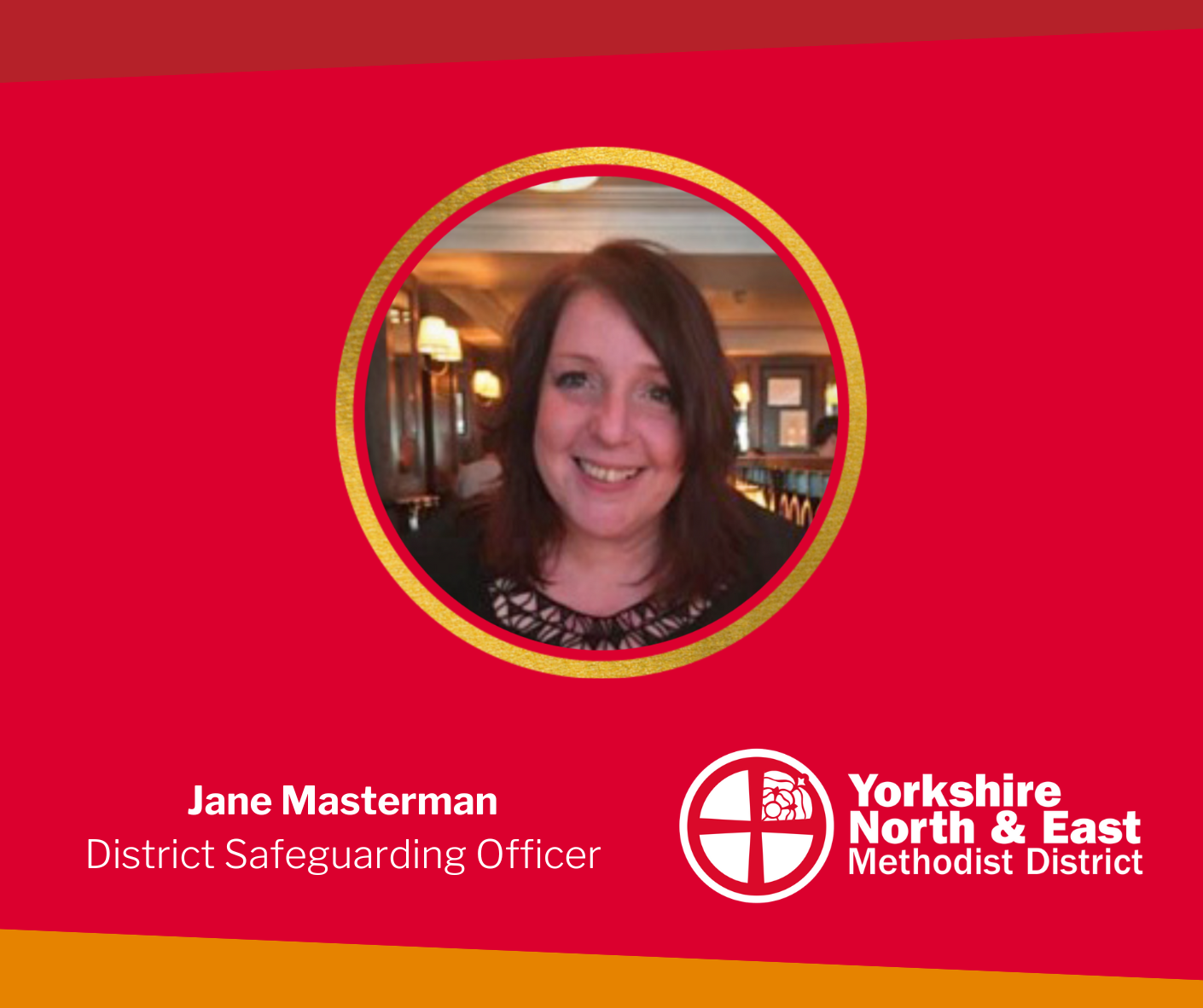September Synod
District Synod is a twice-yearly event for those in local churches around Yorkshire North and East. An opportunity for us to gather to worship, learn and share stories. Everyone is welcome to attend – connect with others from all around the district in learning, sharing experiences, challenges, and discussions.
Our upcoming Synod is on Saturday 9th September 2023 and the theme is “Many parts, one body” as we celebrate and reflect upon various parts of the diverse ministry and mission within the District and the wider Connexion.
As part of our carbon commitment, this Synod is going to be in a hybrid format: on-site at Acomb Methodist Church in York, and online via Zoom.
For more details, including how to let us know numbers for those attending at Acomb, see our webpage: https://www.yorkshirenemethodist.org/district/synods/
